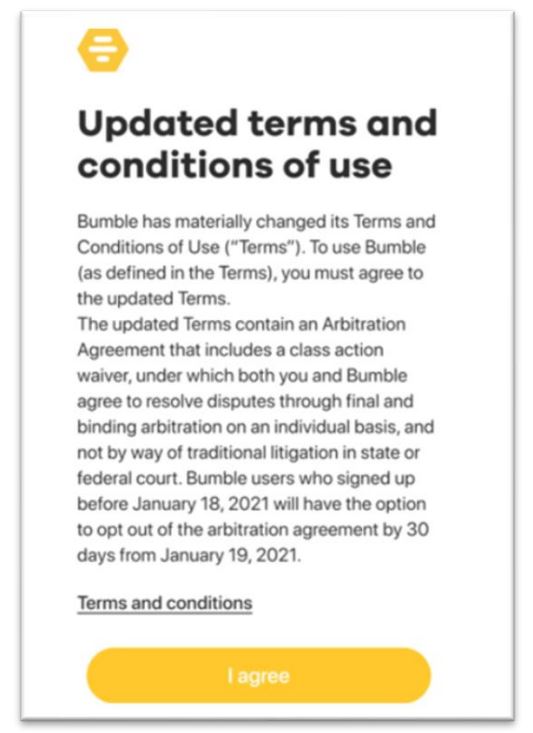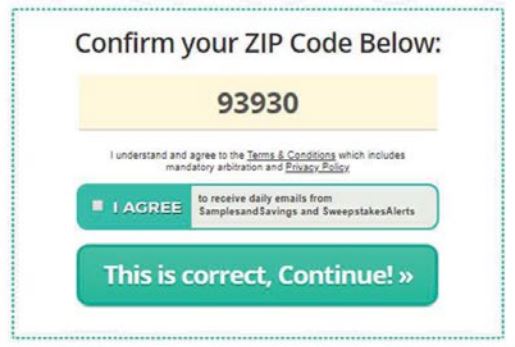Cass. sez. III, 24.04.2024, n. 11.126, rel. Cricenti.
<<Ai fini della configurabilità di un definitivo vincolo contrattuale è necessario che tra le parti sia raggiunta l’intesa su tutti gli elementi dell’accordo, non potendosene ravvisare la sussistenza qualora – raggiunta l’intesa solamente su quelli essenziali, pure riportati in apposito documento (cosiddetto “minuta” o “puntuazione”) – risulti rimessa ad un tempo successivo la determinazione degli elementi accessori, con la conseguenza che, rispetto a tale convenzione, non può esservi inadempimento, non essendo la stessa fonte di obbligazioni determinate. (Nella specie, la S.C. ha rigettato il ricorso avverso la sentenza che aveva negato efficacia vincolante ad un accordo, finalizzato ad una divisione di alcuni beni immobili e di alcune società che le parti avevano in comune, che si limitava a prevedere l’assegnazione reciproca degli immobili, indicati solo genericamente, e delle quote sociali alle parti o a persone da nominare). (massima ufficiale)>> (da ilcaso.it)
I fatti di causa, per meglio capire la regola astratta:
<<Ad ogni modo, risulta dal tenore letterale, e dall’intero contenuto,
che l’accordo contiene la previsione che alcuni beni immobili siano
assegnati ad una parte a ed altri all’altra, ma, nello stesso tempo,
si prevede che occorre andare dal notaio per farlo, e gli immobili
sono indicati solo genericamente: si stabilisce infatti che le spese
delle compravendite devono stabilirsi entro un certo tempo; inoltre
i trasferimenti societari sono fatti a favore di una delle parti o di
persona da nominare. Con la conseguenza che né i “trasferimenti
“di immobili né quelli delle società possono dirsi immediati, ossia
immediatamente efficaci, in quanto per alcuni è prevista la stipula
successiva di atti di compravendita, e per gli altri la scelta,
successiva, se attribuirli alle parti o a persona da nominare.
È evidente, dunque, che l’accordo in questione – come ha
puntualmente osservato la Corte d’appello – non costituisce la
regolamentazione finale del rapporto, ma ne è solo una
regolamentazione provvisoria: si tratta di un accordo preparatorio
con il quale le parti hanno raggiunto l’intesa su alcuni aspetti
soltanto del definitivo rapporto, con la conseguenza che le
trattative possono proseguire (ed è previsto che proseguano) sulle
rimanenti parti dell’accordo. Lo dimostra il fatto che le parti stesse
rimandano al futuro (entro un termine dato) di dare incarico al
notaio e di individuare la persona da nominare cui attribuire le
quote.>>




